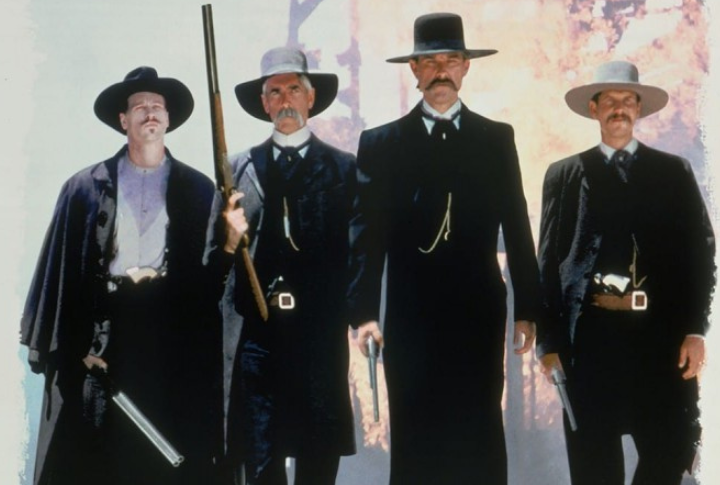
The 1993 film Tombstone has cemented its place as a beloved Western classic. With its gripping story, memorable performances, and historical roots, it continues to captivate audiences. However, many lesser-known details about its production and impact exist. Let’s explore 15 fascinating facts that might surprise you.
A Star-Studded Cast That Almost Wasn’t
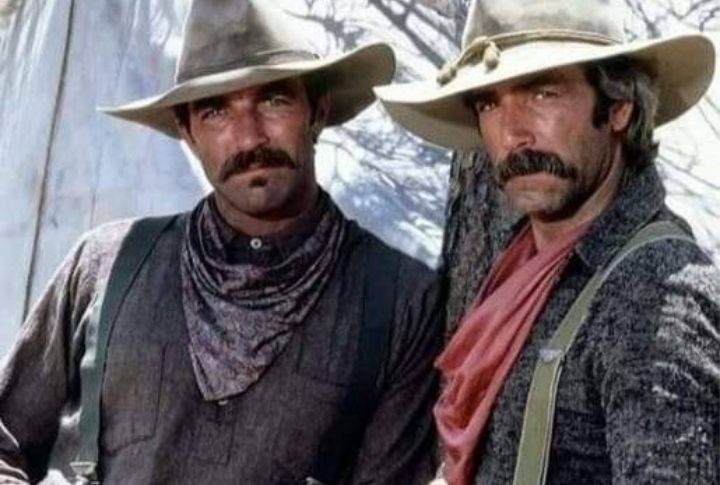
“Tombstone” has a stellar ensemble cast, including Kurt Russell, Val Kilmer, and Sam Elliott. Interestingly, several significant actors, such as Willem Dafoe for the character of Doc Holliday, were considered for roles. However, Dafoe’s involvement in controversial films made studios nervous, leading to Kilmer’s unforgettable portrayal.
Kurt Russell’s Unofficial Directorial Role
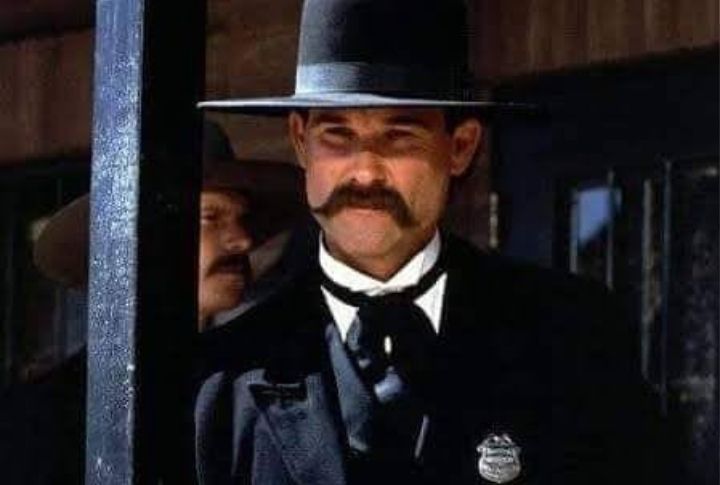
While George P. Cosmatos is credited as the director, Kurt Russell played a significant role behind the scenes. Due to production issues, Russell stepped in to oversee much of the direction, ensuring the film stayed true to its vision. His uncredited contributions were vital to the movie’s success.
A Tombstone Too Long?
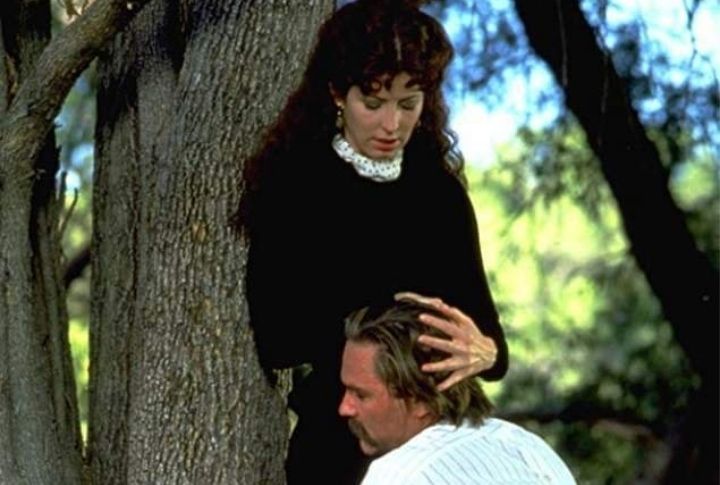
This action-packed film nearly became an epic marathon. Originally clocking in over three hours, Tombstone hit the editing table hard. Deleted scenes included extended mourning by the cowboys and a deeper dive into Wyatt’s romance with Josephine.
Lights, Camera, Cactus!
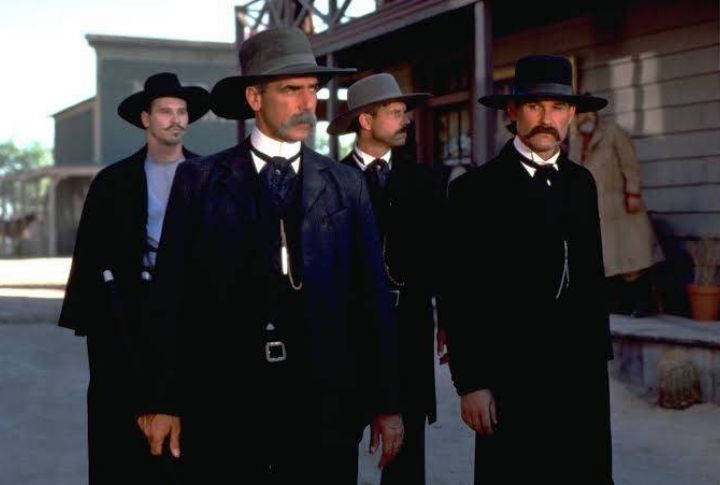
Recreating the arid landscapes of 1880s Arizona didn’t require the production crew to venture far. Tombstone was primarily filmed in and around Tucson, taking full advantage of the region’s natural desert terrain and preserved Old West towns like Mescal and Bisbee.
Val Kilmer’s Method Mastery
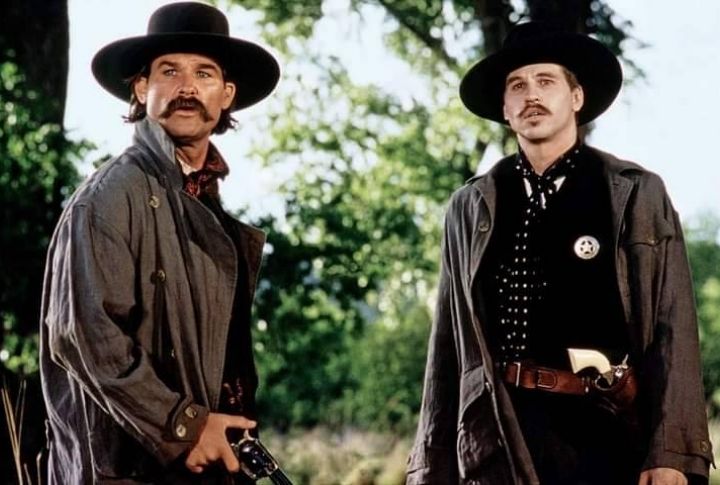
Val Kilmer’s unforgettable portrayal of Doc Holliday is legendary; he practiced with a gun for hours daily to bring authenticity to the role and adopted a Southern drawl. Losing weight to reflect Holliday’s tuberculosis-stricken state, Kilmer showcased his dedication to taking on the character entirely.
The Mustache Saga
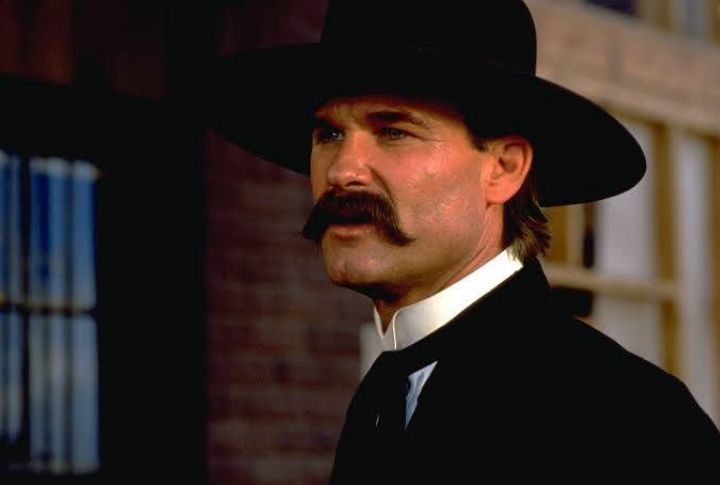
Kurt Russell’s iconic mustache was nearly a casualty of the 90s grooming trends. The actor had to fight tooth and nail to keep his signature ‘stache against studio pressure to shave it off, preserving the rugged, Western aesthetic that became a hallmark of the film.
A Stuntman’s Nightmare
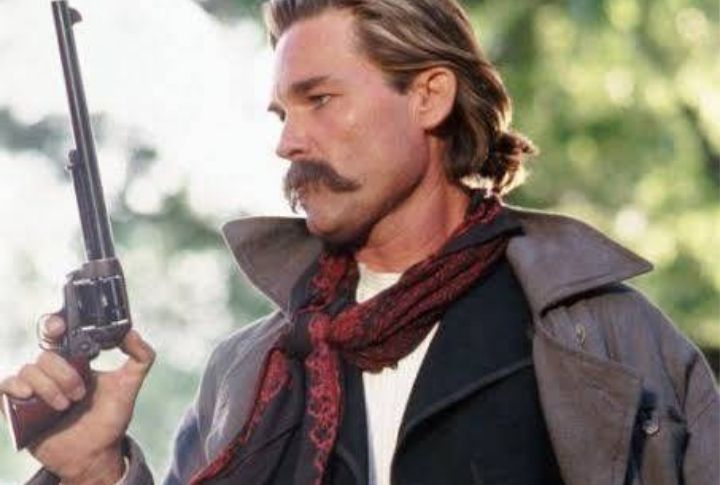
The climactic gunfight at the O.K. Corral was an epic logistical challenge. With so many stunt performers, the scene required meticulous choreography, and multiple takes to ensure everyone’s safety while capturing the intense, high-octane action that made the sequence an instant classic.
Costume Conundrums
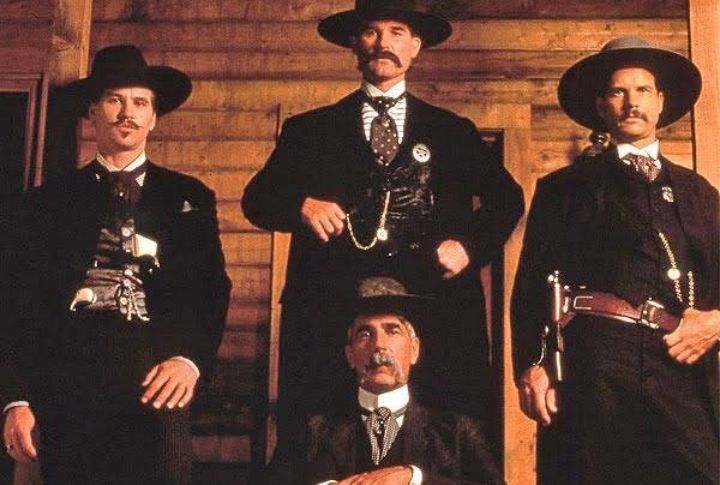
Authenticity was essential, even when it came to the costumes. Scouring antique stores and museums, the wardrobe department procured genuine Old West garments, resulting in sartorial accuracy rarely seen in modern Westerns. The dusters and vests adorned by the actors were straight out of the 1800s.
Dueling Directors
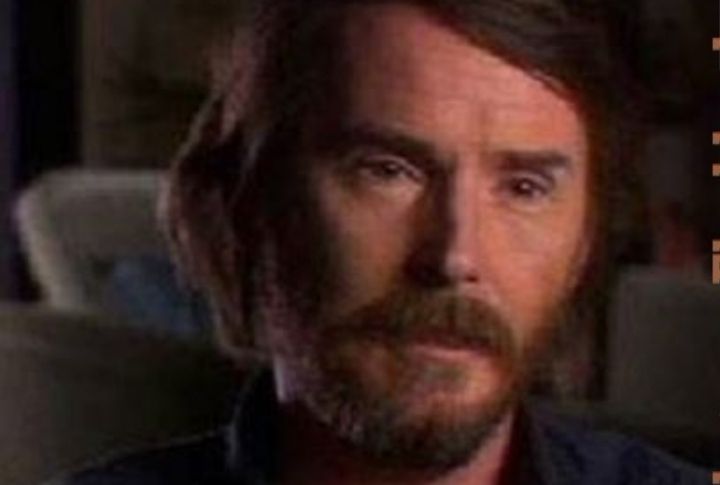
Kevin Jarre, the film’s original writer, initially served as director. However, creative differences and production delays led to his dismissal. This almost caused Michael Biehn, who played Johnny Ringo, to walk out in solidarity with his friend Jarre.
The Real Wyatt Speaks
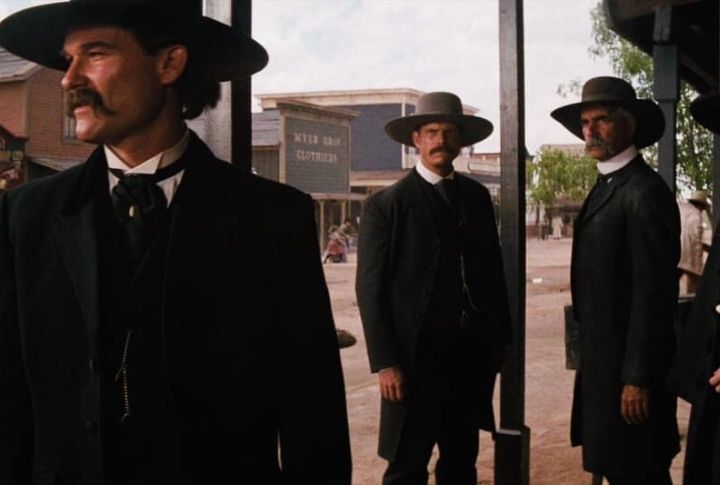
To lend authenticity to Wyatt Earp’s character, the filmmakers included excerpts from the lawman’s autobiography. These verbatim quotes, seamlessly woven into the script, added a layer of historical accuracy that brought the larger-than-life figure to vivid life on the silver screen.
A Horse of a Different Color
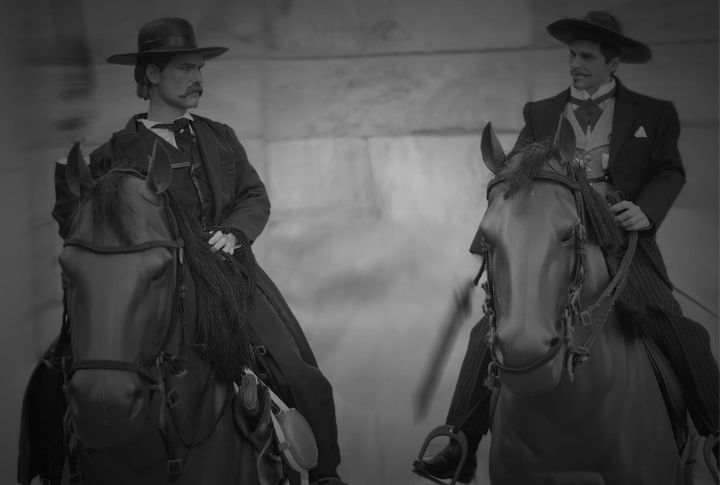
A delightful behind-the-scenes tidbit reveals that Kurt Russell’s horse, Boxer, was a bit of a scene-stealer. Boxer, the equine actor, had a penchant for upstaging his human counterparts, often breaking character and trotting off-camera, much to the crew’s amusement and exasperation.
Improvisation at its Finest
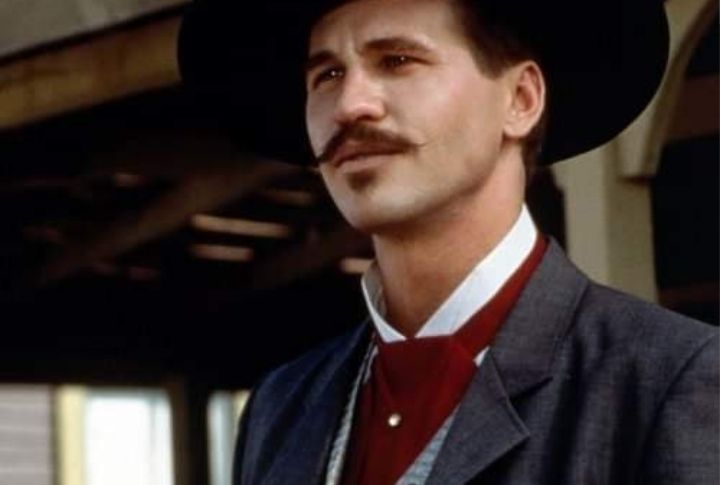
With a sturdy foundation and a solid script, the filmmakers encouraged actors to improvise and make the dialogue their own. Val Kilmer’s iconic utterance “I’m your huckleberry” was a brilliant ad-lib that has become one of the most quoted lines.
The Curse of the Cameo
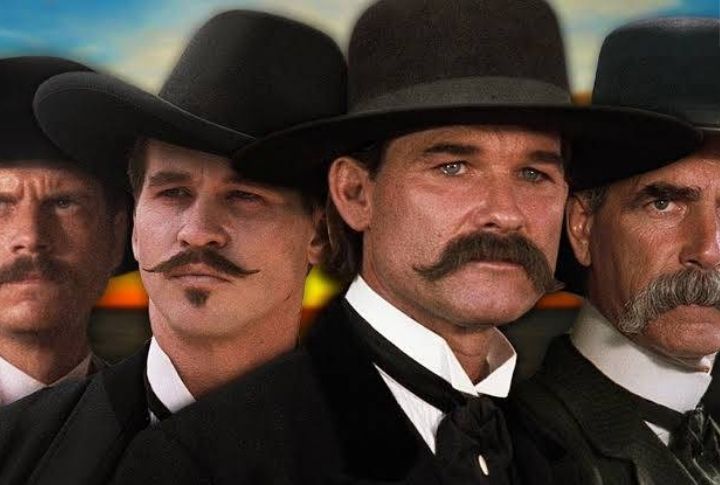
Keen-eyed viewers might spot a brief cameo from celebrated director John Milius, who helped shape the Western genre with classics like The Wind and the Lion. Milius’ appearance was meant to be a fun Easter egg, but some claim it “cursed” the production with delays and mishaps. Superstition or coincidence?
A Rousing Score
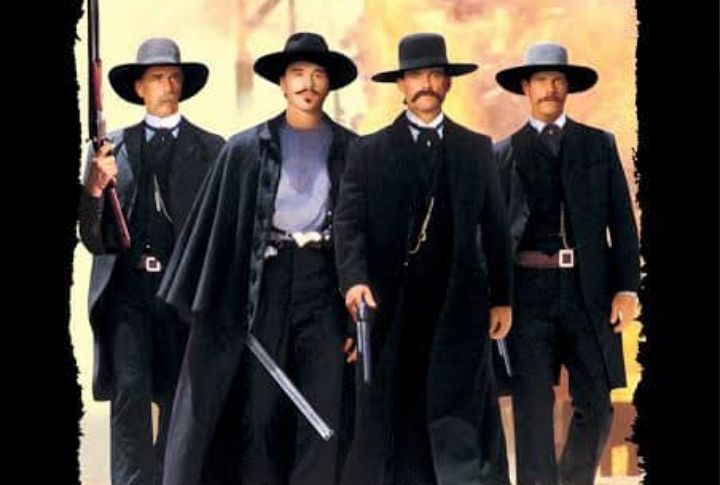
Composed by Bruce Broughton, the score was as much a character as the actors themselves. Ennio Morricone’s iconic Spaghetti Western soundtracks inspired Broughton’s music and perfectly captured the grit, honor, and frontier spirit that made Tombstone an instant classic Western film.
A Cult Classic in the Making
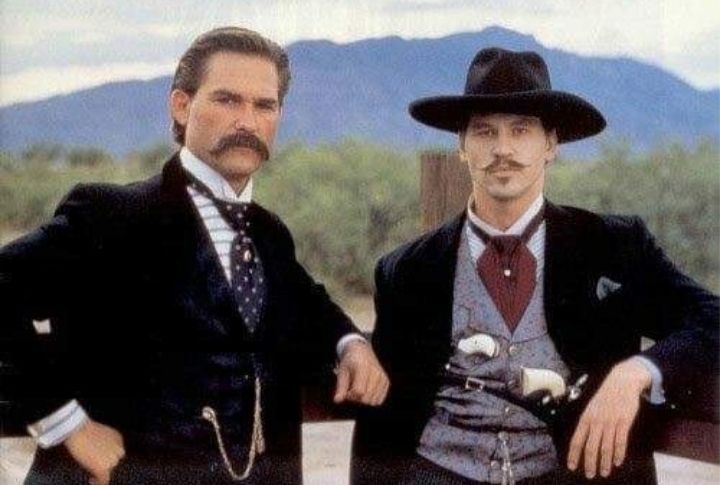
Despite its star-studded cast and critical acclaim, Tombstone initially underperformed at the box office, partly due to competition from another Wyatt Earp film released around the same time. However, the movie quickly gained a fervent cult following on home video, cementing its status as a beloved, oft-quoted Western for the ages.
